- Home
- ::
- Uniswap v2 on Arbitrum: In‑Depth Crypto Exchange Review 2025
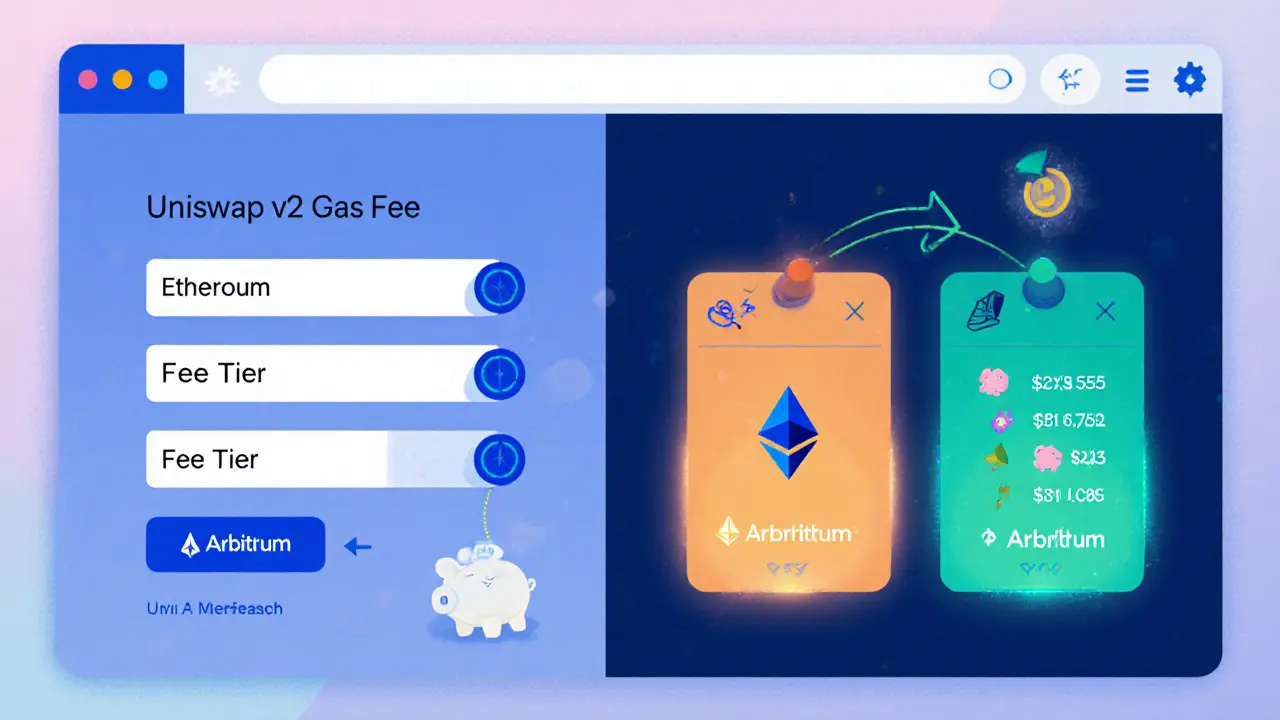
Uniswap v2 on Arbitrum: In‑Depth Crypto Exchange Review 2025
Uniswap v2 Gas Fee Calculator
Gas Fee: $15.00
Protocol Fee: $0.30
Total Cost: $15.30
Gas Fee: $0.005
Protocol Fee: $0.30
Total Cost: $0.305
Fee Breakdown
On Arbitrum, gas fees are typically under $0.01 for a standard swap, compared to $10-$20 on congested Ethereum. Protocol fees remain consistent at 0.01%-1.00% across chains.
Quick Takeaways
- Uniswap v2 on Arbitrum offers sub‑$0.01 gas fees for most swaps.
- Tiered fee model ranges from 0.01% to 1% depending on pair stability.
- TVL on Arbitrum sits above $4billion, keeping pools deep and slippage low.
- MetaMask and other Web3 wallets integrate seamlessly, but price‑feed latency can still bite.
- Security is solid - the protocol inherits Ethereum’s audit‑tested contracts, yet layer‑2 risk remains.
What is Uniswap v2 on Arbitrum?
When you hear Uniswap v2 (Arbitrum) is a decentralized exchange (DEX) that runs the second version of Uniswap’s automated market maker on the Arbitrum Layer‑2 network. It lets anyone swap ERC‑20 tokens without a middle‑man, while leveraging Arbitrum’s Optimistic Rollup tech to cut gas costs dramatically.
Why Arbitrum matters for a DEX
Arbitrum is a Layer‑2 scaling solution built on Optimistic Rollup architecture. Launched in 2021 by Offchain Labs, it bundles many Ethereum transactions into a single batch, posts a proof to the main chain, and only resolves disputes when needed. The result? Throughput jumps from ~15tps on Ethereum to >2,000tps, and fees drop from $15‑$30 per transaction to a few cents.
How Uniswap v2 works on a Layer‑2
The core AMM logic is unchanged from Ethereum: liquidity providers deposit equal values of two tokens into a pool, receiving LP tokens that represent their share. Swappers interact with the pool via the swap() function, which automatically adjusts prices according to the constant‑product formula (x·y=k). On Arbitrum, the same contract code lives on a different chain ID, but the state is still settled on Ethereum, giving users the security of the mainnet while enjoying fast finality on the rollup.
Fee structure and real‑world cost savings
Uniswap v2 uses a tiered fee schedule:
- 0.01% - ultra‑stable pairs (e.g., USDC/USDT)
- 0.05% - stable pairs (e.g., USDC/DAI)
- 0.30% - most ERC‑20 pairs
- 1.00% - exotic or low‑liquidity pairs
Those percentages are the same on every chain, but on Arbitrum the gas fees are typically under $0.01 for a standard swap, compared to $10‑$20 on congested Ethereum. For a $1,000 trade on a 0.30% pool, you’d pay $3 in protocol fees plus under a cent in gas - a total that’s barely noticeable.
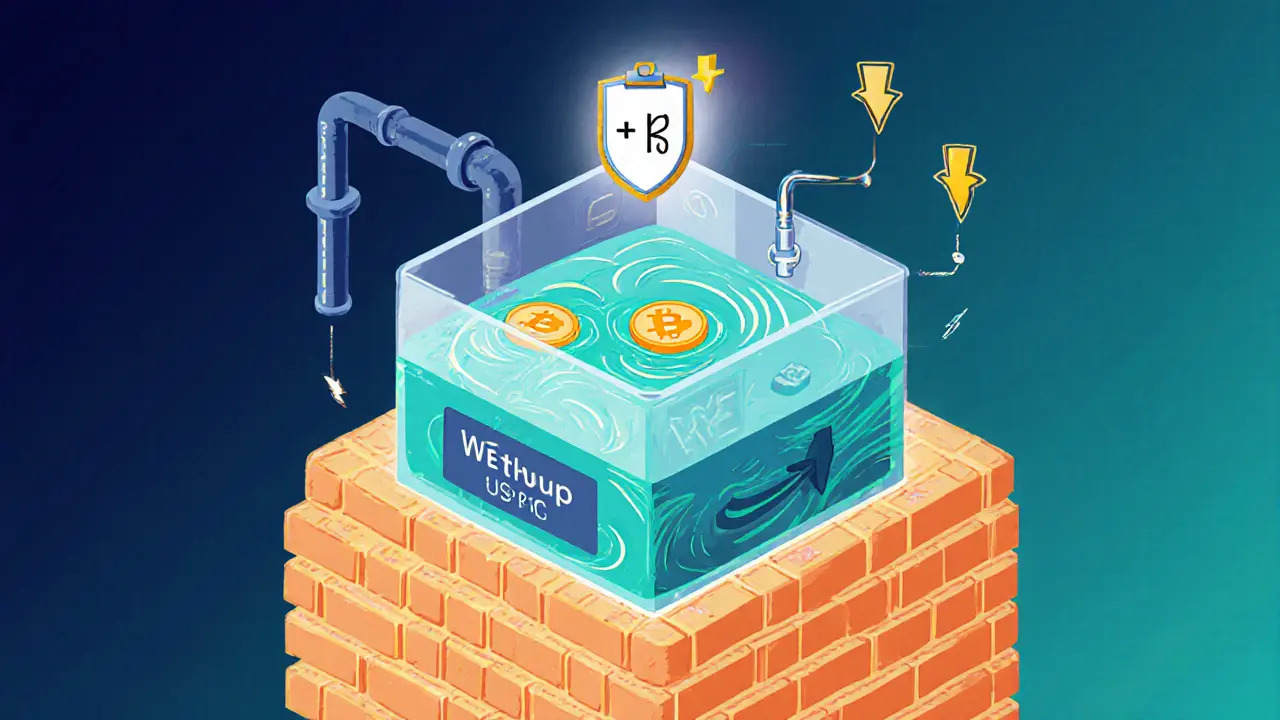
Liquidity depth and TVL on Arbitrum
As of August2025, Uniswap’s Arbitrum deployment holds roughly TVL (Total Value Locked) of $4.2billion. The biggest pools - WETH/USDC and WETH/USDT - each command over $250million, keeping price impact under 0.2% for trades up to $50,000.
Because Uniswap v2 pools are “flat” (each liquidity provider shares the same price curve), they tend to be more evenly distributed than v3’s concentrated liquidity. This makes it easier for casual users to find sufficient depth without hunting for specific price ranges.
User experience & wallet integration
The UI mirrors the Ethereum version: you connect a Web3 wallet, select the token pair, enter an amount, and click “Swap”. Under the hood, the interface reads your wallet balances via the MetaMask browser extension that injects an Ethereum provider into the page. Once you confirm, MetaMask signs the transaction and broadcasts it to Arbitrum.
Most users report a smooth experience, but price‑feed latency can still cause slippage. The UI shows a “price impact” warning; if the market moves while the transaction is being signed, you may end up with a slightly worse rate. A common mitigation is to use the “max slippage” setting (often defaulted to 0.5%).
Security & risk profile
Uniswap’s contracts have undergone multiple audits and are considered battle‑tested. Running on Arbitrum adds a layer‑2 risk: if the rollup’s fraud proof window (currently 7‑days) is exploited, assets could be frozen temporarily. However, the Arbitrum DAO has a strong track record of prompt dispute resolution, and the risk is orders of magnitude lower than trusting a centralized exchange.
Another consideration is “impermanent loss” for LPs-especially in volatile pairs. Since v2 pools are not concentrated, LPs face the classic x·y=k exposure, meaning the loss is proportional to the price divergence between the two tokens.
Uniswap v2 vs. v3 on Arbitrum
While this review focuses on v2, many traders also experiment with Uniswap v3, which introduced concentrated liquidity and multiple fee tiers. Below is a quick side‑by‑side comparison:
| Aspect | Uniswap v2 | Uniswap v3 |
|---|---|---|
| Liquidity model | Flat pools - every LP shares the same price curve | Concentrated pools - LPs choose price ranges |
| Fee tiers | Single tier per pair (0.01‑1%) | Multiple tiers (0.05%, 0.30%, 1%) plus custom ranges |
| Capital efficiency | Lower - requires more liquidity for same depth | Higher - LPs can target narrow price windows |
| Complexity | Beginner‑friendly | Requires understanding of price range selection |
| Typical gas cost (per swap) | ≈$0.008 | ≈$0.010 (slightly higher due to extra calculations) |
For most casual traders on Arbitrum, v2’s simplicity outweighs the extra capital efficiency of v3. Power users may gravitate to v3 for niche pairs where liquidity is scarce.
Future outlook for Uniswap on Arbitrum
Arbitrum’s upcoming Stylus upgrade adds support for WebAssembly‑based smart contracts, enabling languages like Rust and C++ could broaden the developer pool and bring new token projects to the DEX. More competition from other L2 DEXes (e.g., TraderJoe) is expected, but Uniswap’s brand recognition and deep liquidity give it a durable moat.
In short, if you want a fast, cheap, and secure way to swap ERC‑20 tokens without navigating centralized KYC, Uniswap v2 on Arbitrum remains one of the strongest choices in 2025.
Frequently Asked Questions
Do I need to bridge assets to use Uniswap v2 on Arbitrum?
Yes. Tokens must reside on Arbitrum. You can bridge from Ethereum using the official Arbitrum Bridge or a third‑party bridge like Hop. Once on Arbitrum, the assets appear in your wallet and are ready for swapping.
How do gas fees on Arbitrum compare to Ethereum’s mainnet?
Arbitrum’s gas is typically a hundredth of Ethereum’s. A simple swap that costs $15‑$30 on mainnet will cost under $0.01 on Arbitrum, assuming normal network conditions.
Can I provide liquidity on Uniswap v2 without staking my tokens?
Liquidity provision always locks your tokens in the pool until you withdraw them. There’s no separate staking contract for v2 - you simply add tokens to a pool and receive LP tokens that represent your share.
What’s the biggest risk when using Uniswap v2 on Arbitrum?
Beyond standard smart‑contract risk, the primary Layer‑2 risk is a potential delay in fraud‑proof finality. If a rollup dispute occurs, assets could be frozen for up to a week while the proof is resolved.
Should I use Uniswap v2 or v3 on Arbitrum?
For everyday swaps and beginners, v2’s flat pools are simpler and require less capital management. Advanced traders who want to maximize fee earnings on low‑volume pairs may prefer v3’s concentrated liquidity.


 Finance
Finance
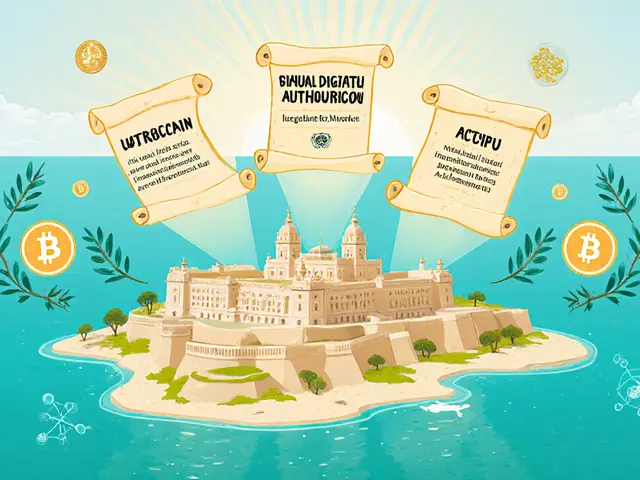
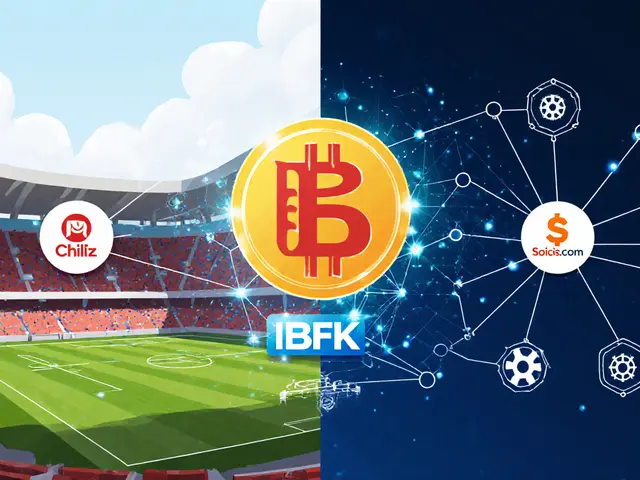
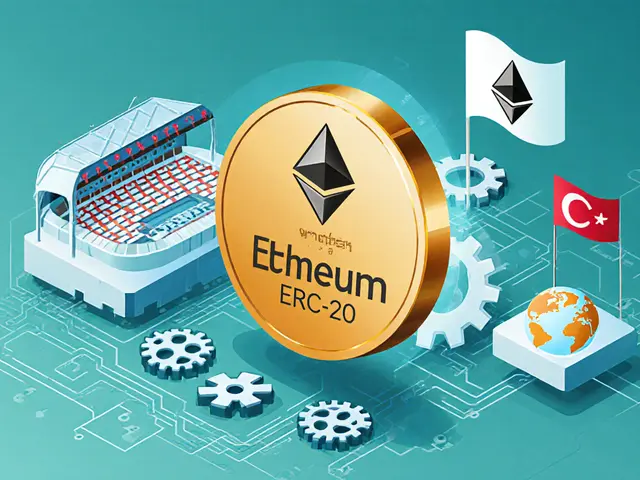
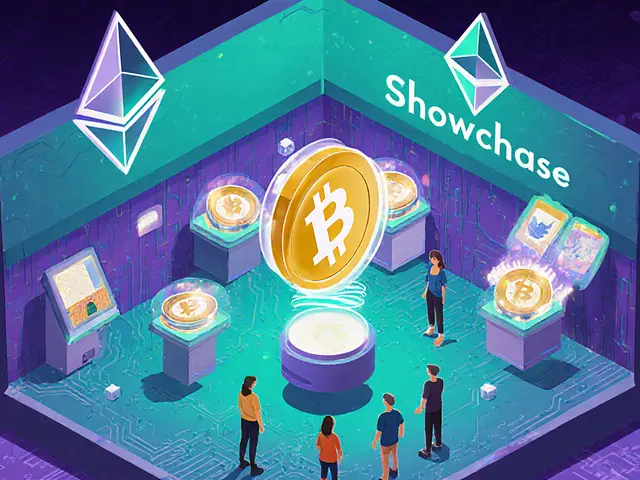

Write a comment